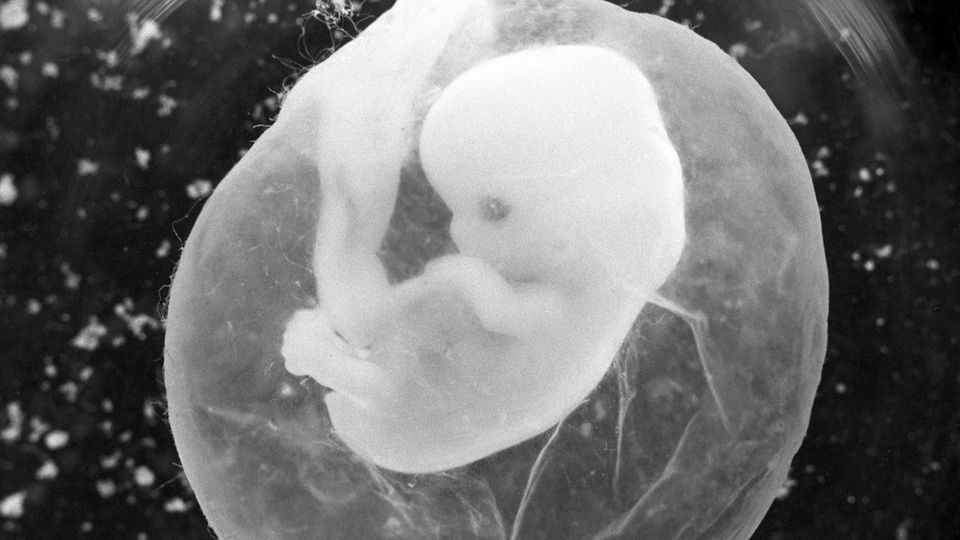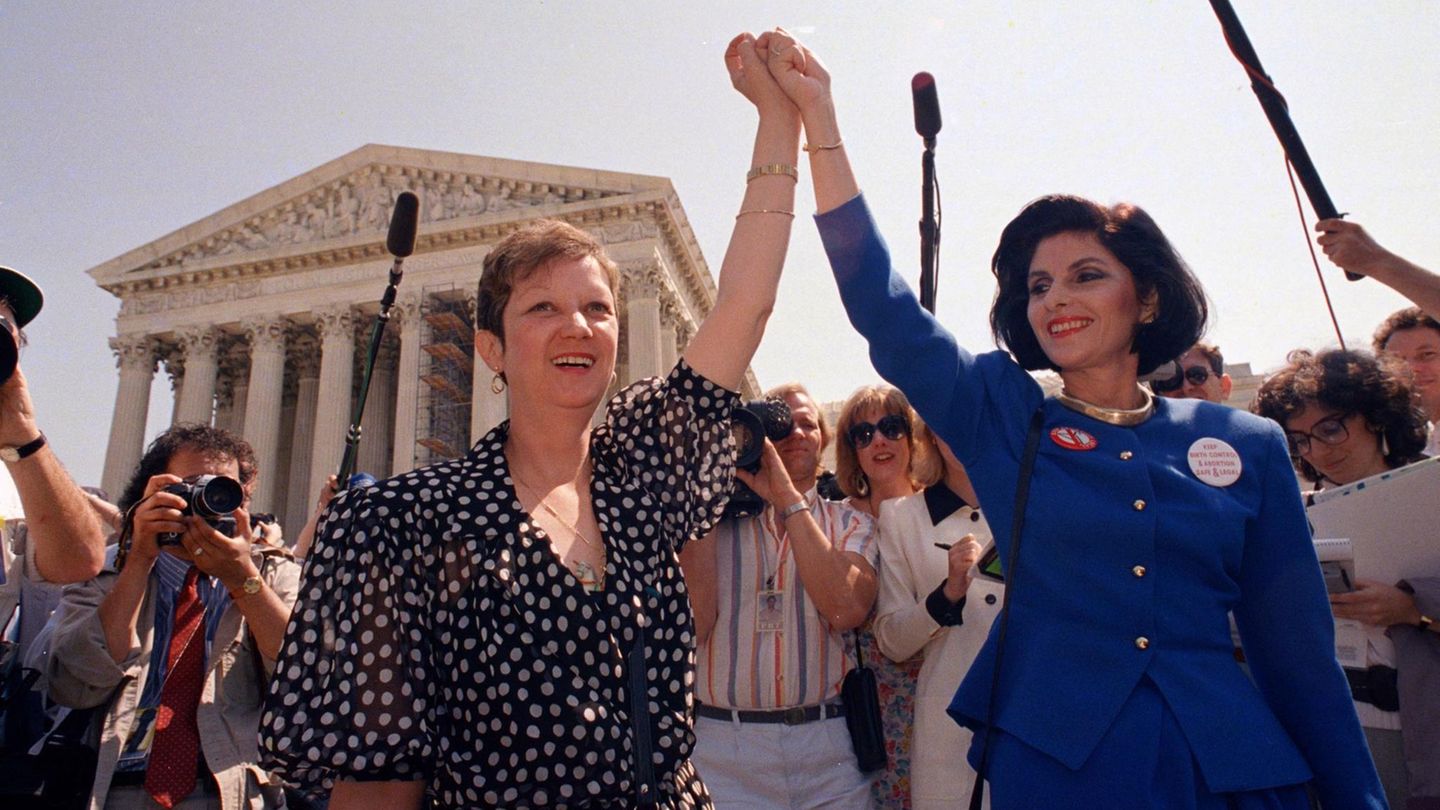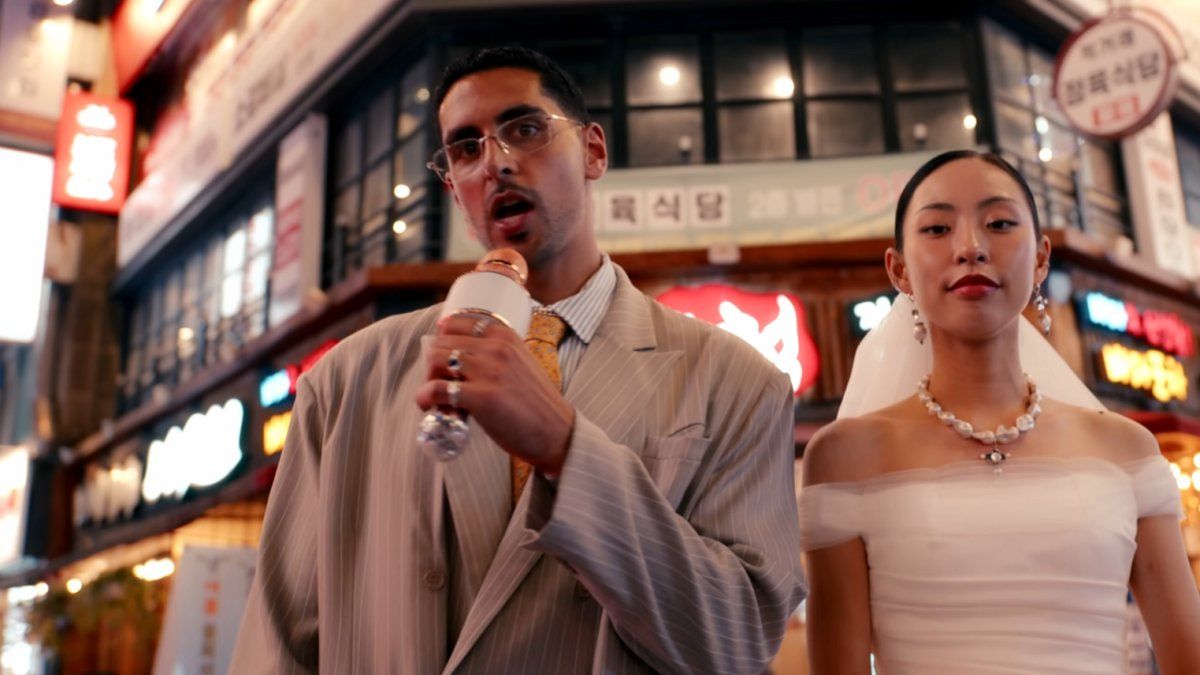A bitter fight against abortion rights has been raging in the United States for years. A number of conservative states have pushed ahead with their own restrictive laws. Now they have reached their goal: The Supreme Court overturned “Roe vs. Wade”. What does that mean.
Terri Collins, member of the Alabama House of Representatives, made no secret of the matter. “This law is actually about ‘Roe vs Wade” she noted. The Republican used these words to introduce a new, tough abortion law into the southern state Congress. It came in 2019 at the culmination of a series of extremely restrictive abortion laws, all of which ran counter to current U.S. jurisprudence. Other Republican-governed states followed with equally tough laws, with the intention of bringing the issue back to the agenda of the Supreme Court, where on January 22, 1973, the Roe vs. Wade precedent was decided by a 7-2 vote. This has been the basis of US abortion legislation for almost 50 years, until today Opponents of a liberal abortion law have prevailed, the Supreme Court has overturned “Roe vs. Wade”.
The case had gone down in history under the name customary in American legal tradition. The plaintiff was 22-year-old Texas resident Norma McCorvey, who is called Jane Roe in the files to protect her anonymity – based on the English placeholder name John Doe. The opponent for the state of Texas was the then District Attorney of Dallas, Henry Wade.
Abortion banned in Texas in the early 1970s
The case began when the largely penniless McCorvey, who had already put two children up for adoption, became pregnant a third time in 1969. Friends advised her to claim she had been raped, as only under those circumstances was a legal abortion possible in Texas. Otherwise, abortions were prohibited by law in the state. Since Norma McCorvey could not provide any evidence of rape, her plan failed. Eventually, she admitted faking the sexual abuse due to her emergency situation. The attempt to have an abortion illegally failed because a clinic that performed abortions had been closed by the authorities.
Eventually, Norma was introduced to the two lawyers Linda Coffee and Sarah Weddington. At the time, the two lawyers were looking for women who were willing to fight with them for the right to have an abortion in the USA. Actually, it was said, they didn’t want a client whose motive was economic hardship, but due to the lack of alternatives, they decided on Norma McCorvey alias Jane Roe. This acted as plaintiff in 1970. It took three years before the case ended up before the Supreme Court after several hearings.
Abortion as “part of privacy”
The US Supreme Court, led by Chief Justice Warren E. Burger, disagreed with Coffee and Weddington’s view that women have an absolute right to an abortion at any time and by any means. However, the court attempted to reconcile a woman’s right to privacy and Fourteenth Amendment guarantees (“…no State shall, without due process of law and law, take the life, liberty or property of any one…”) with the state’s interest in regulating abortion to prevent abuse.
According to the Supreme Court, which was mostly liberal at the time, most of the state and federal abortion laws of the time violated both the woman’s right to privacy and the guaranteed legal certainty of the 14th Amendment. As a result, the court decided that a pregnant woman may terminate her pregnancy up to the point at which a fetus becomes viable – at that time from the 28th, today from the 24th week of pregnancy. The state may ban abortions beyond this point in time – but with the restriction that later abortions, if they are necessary to preserve the health or life of the woman, must be permitted. The state can regulate the procedure for an abortion after the third month, but only to the extent that this is necessary to maintain the health of the pregnant woman.
“Roe vs. Wade” remained highly controversial
In the decades that followed, “Roe vs. Wade” remained one of the most controversial Supreme Court decisions in US society. Every year since 1974, to mark the anniversary of the decision, the “March for Life” has taken place in the capital Washington in protest against it – with hundreds of thousands of participants. There are similar marches in other US cities, including Chicago and San Francisco, which are considered more liberal. Again and again, the judge’s decision was legally challenged, especially in 1992 in the case “Planned Parenthood of Southeastern Pennsylvania vs. Casey”. At that time, however, the court confirmed its decision in principle. However, the judges upheld state regulations that did not place an unreasonable burden on the woman. This included, for example, mandatory counseling for the pregnant woman and a sufficient reflection period of at least 24 hours before the termination.
To completely overturn the 1973 decision remained one of the most important demands of the right to life movement in the USA, which is supported by conservative and Christian fundamentalist politicians, activists and organizations. In the recent wave of abortion laws in a number of states, observers have seen for some time a concerted attempt to bring the abortion issue to the Supreme Court. At least since the swearing-in of Brett Kavanaugh and Amy Coney Barrett – both conservative lawyers and both candidates for US President Donald Trump – it was expected that the US Supreme Court could actually overturn “Roe vs. Wade”, since the judges’ panel has since has a clearly conservative overweight. This case has now occurred.

“Jane Roe” never had an abortion
Incidentally, Norma McCorvey did not take part in a single hearing of “her” case at the time. She gave birth to a third child and put him up for adoption like her other two children. 30 years after the landmark judgment of the Supreme Court, she tried unsuccessfully to overturn the judge’s verdict. After turning to Christianity, McCorvey publicly stated in 1998 that she opposed abortion. She wrote two books on “her case” with a co-author. In addition, “Roe vs. Wade” was filmed in 1989 without her participation (German title: “A woman accuses”). Norma McCorvey, aka Jane Roe, died of a heart attack on February 18, 2017 at the age of 69.
Editor’s note: This article first appeared in May 2019 and has been consistently updated to reflect the recent Supreme Court decision.
Sources: , , , ,
Source: Stern
David William is a talented author who has made a name for himself in the world of writing. He is a professional author who writes on a wide range of topics, from general interest to opinion news. David is currently working as a writer at 24 hours worlds where he brings his unique perspective and in-depth research to his articles, making them both informative and engaging.




